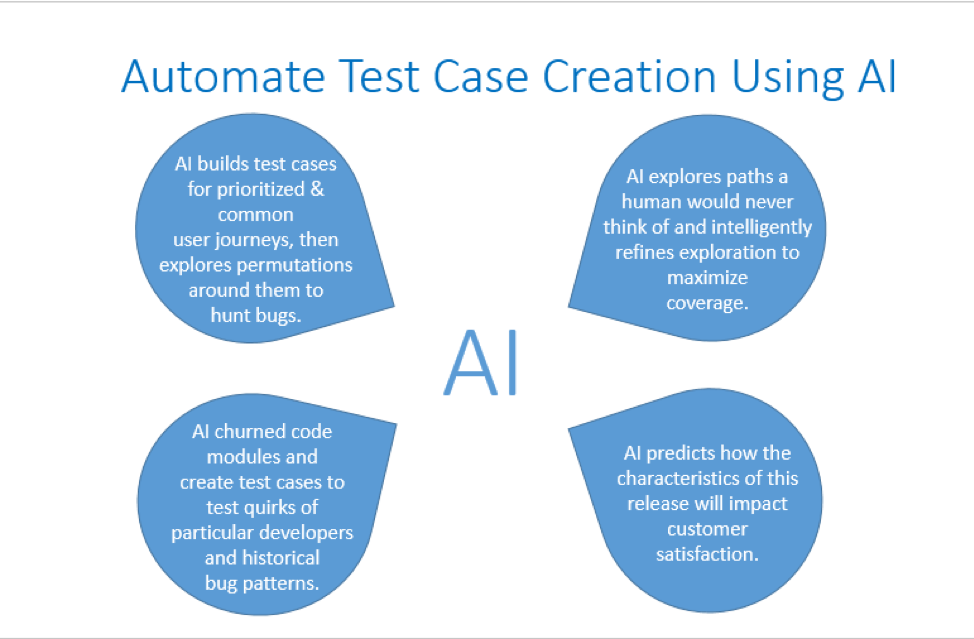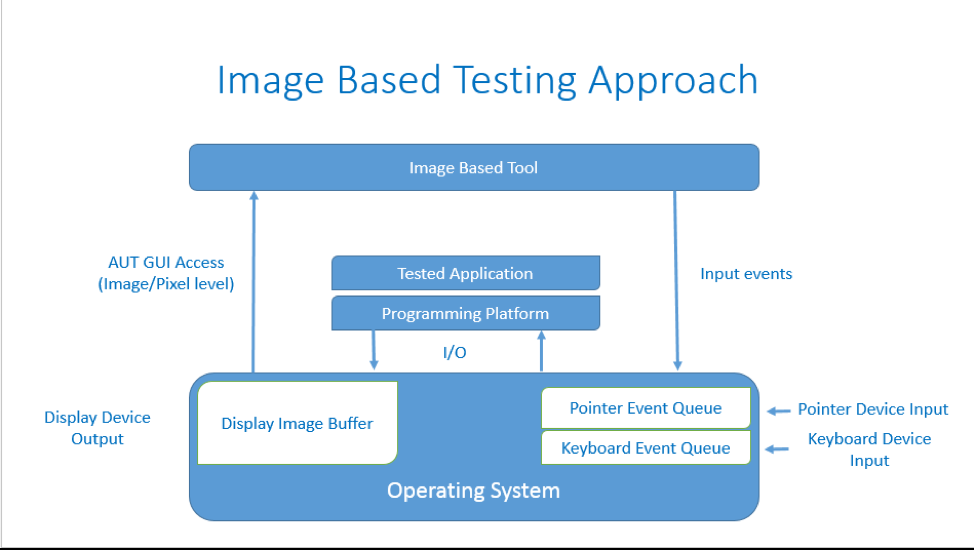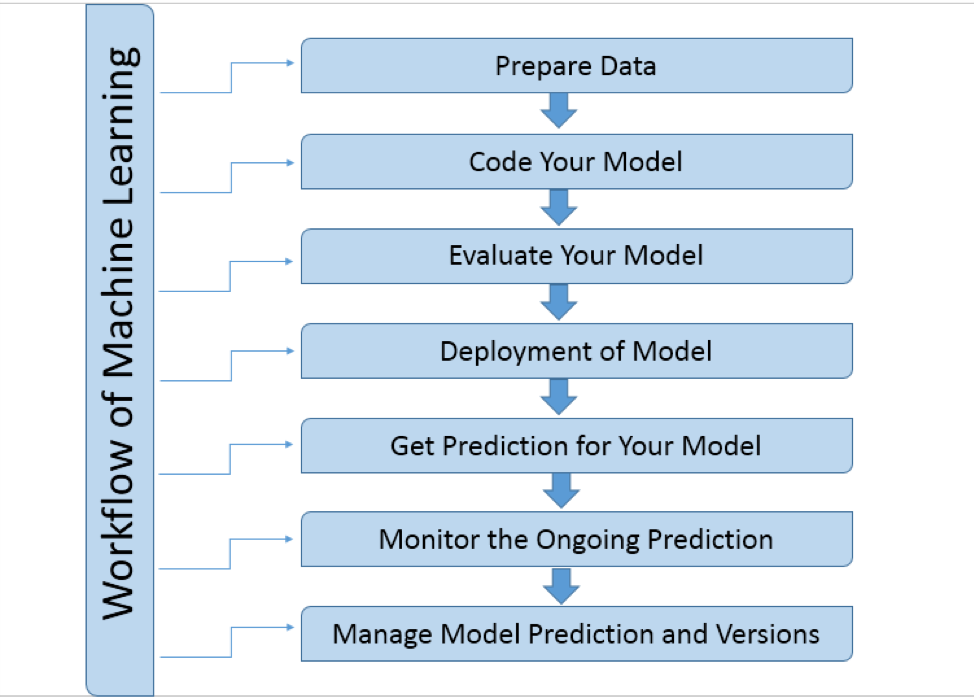Why AI Benefits Automated Testing Procedure for Apps

Why AI Benefits Automated Testing Procedure for Apps
Contributed ContentArtificial intelligence (AI) is widely used in different industries including automation testing procedures for apps. Some testing scenarios rely on AI-based modules that enhance the overall testing procedure and provide more precise results.
Updated 11/02/2023
Machine learning (ML) has tremendously altered our daily lives with the enhancement of systems that can make decisions based on ones it made in the past.
Automation testing allows mobile app developers to check an app for flaws and loopholes by conducting a series of repeated test cycles. Unlike automated testing, the conventional manual testing approach isn’t reliable for testing advanced systems’ overall performance of an application or website.
Automation testing has helped professional testing engineers save time, which can be further reduced with the integration of AI. Whether it is the management of automated test reports or the actions related to certain test scenarios, AI has simplified the conventional testing procedure.
There are a lot of testing engineers who are seeking the best approach to integrating AI with their traditional automated testing procedures. This post will teach you about how AI influences automated testing and how AI can be integrated into your testing procedure.
How AI has Influenced Test Execution
AI can open new possibilities in streamlining automation testing procedures for enhanced results. With AI, one can even expect automation testing without coding.
There are a lot of ways automation testing can be useful in lowering the efforts and reducing the time required to execute scripts multiple times.

Re-occurring tests can be monitored without a test engineer with a machine learning approach. By enhancing the conventional testing procedure with machine learning, you can achieve results that surpass expectations.
Additionally, automated testing procedures have been highly influenced with the introduction of robotic process automation (RPA), which automates a procedure through software or a robot programmed by the testing professional to test a system and interpret the results without human involvement. RPA represents the future of automation testing.
As a testing professional, it is a daunting task to analyze failures and test flow. This means that dedicated professionals need to continuously monitor the process and the order in which things need to be executed.
With an advanced AI-based test procedure, one can expect the system to analyze failures and decide how to fix the errors based on its previous actions.
In this scenario, the system is “learning” what action would be the best choice based on the consequences of its previous actions. There are many AI-based testing tools available such as:
- Testim
- SauceLabs
- Sealights
- Test.AI
- Mabl
Using these tools can help you get faster, better results from your testing procedure.
Test Engineers Can Expect Better Results Using AI
Testing professionals working on diverse testing platforms and test cases can now expect better reliance with the introduction of AI in testing.
AI-based processes test the application by using it as a user would and analyzing the results.
The testing engineer would need to pre-program a test scenario by mentioning the cases and the relevant inputs that need to be provided, such as:
- Information about the user’s behavior that how they would be using an application
- The overall functionality of the application and the initial purpose
- The response of the system if there is a glitch in the server connectivity
- The validations and the overall functionality as per the user’s perspective
- The form validation
These aspects need to be considered by the testing professional while they are integrating machine learning in their automated testing scenarios.
Implement AI Through Image-Based Testing for a Better User Interface
ML is best for automation testing procedures that demand validation of multiple visual testing cases.
This type of testing ensures that the user gets the right visual experience while working on an application that provides a proper user interface.
User interface testing is the most crucial part of the quality analysis and shouldn’t be ignored while the testing professional is working on building the right test cases. This means that the system acts like a user and is able to resolve every possible glitch related to the functionality and appearance of the application.

There are tools that can analyze the visual flaws in an application that can’t be noticed by a human.
Thus, the decision to integrate these test scenarios in your test cases always pays off.
Using machine learning-based tools, you can quickly find discrepancies likely to go unnoticed by human eyes. This is perhaps the reason why many engineers prefer machine learning-based scripts that can complete tasks more efficiently and accurately.
Determine Whether to Run a Test Script for the Desired Time
Testing professionals can never predict the exact number of test cases they will need to run after the code has been altered. This means the test case would be running unnecessarily, even if it is not required to figure out the actual potential of the application.
Most companies rely on the automated testing tools that are based on machine learning. These tools predict whether you need to run a test once or multiple times when there are changes in the code.
The testing tools also depict that a single change in a line of code could be minor and hardly requires running the script for multiple times.
Testing tools are powered by machine learning and can be the best option when it comes to analyzing the overall performance of a system without the need to repeat scripts and monitor them manually.

Systems using these tools can perform the necessary tasks without the need for continuous monitoring.
Testing professionals can choose any of these testing tools that provide in-built functionalities and analyze the scope of reusing the test scripts for enhanced results in lesser time.
Use AI Spidering
One of the trending AI-based automation zones is AI Spidering which has significantly automated the testing script writing procedure. AI Spidering uses advanced ML-based tools to automatically crawl the application whenever you are working on a new project.
This is a smart tool that automatically compares the current working pattern of the application with the previous patterns. If there are issues with the code, you get a notification in the end report.
This approach is not widely available to most of the programmers and testing professionals out there but would surely improve the testing procedures that consume a lot of time and energy.
These are some of the aspects related to AI in automation testing that every testing professional ought to know such as the importance of monitoring API-testing.
Monitor API Testing
Back-end testing allows testing professionals to analyze the application’s code and make necessary adjustments to improve the overall performance of the system. Now, back-end testing relies on ML-based algorithms that have changed the way we test applications and APIs.
The API layer, or the service layer, allows the user to test the security and responsiveness of the application.
Numerous API calls and endless test cases take a lot of time, which is why test professionals around the world prefer ML-based testing.
As a testing engineer, there are a lot of challenges that can impact the smooth testing of an application.
These obstacles can be time-consuming to overcome. However, these challenges can be resolved more quickly with machine learning.
Testing professionals need to integrate AI-based scripts in their testing procedures to enhance the results and save themselves a lot of time and effort that can be better spent on other tasks.
How Generative AI is Impacting Software Testing and Quality Assurance
- Test Automation and AI-Powered Software Testing: Generated AI-powered tools allow testers to create test cases with no problem at all. In this process, human intervention is lowered, and the overall testing process speeds up. This especially helps in agile and DevOps environments because fast-paced development and continuous testing over time are expected.
- Improved Test Coverage and Quality Assurance: The automatic generation of test cases and new tests makes sure that QA is conducted thoroughly, yielding a better user experience for customers. QA teams are more easily able to address problems early in the software development lifecycle.
- Agile Development and Continuous Testing: There are plenty of bottlenecks in the manual testing world, which are remedied using AI testing tools. AI software testing tools are better equipped to handle a continuous testing environment, yielding more progress with each iteration.
- Test Generation and Regression Testing: With machine learning algorithms and natural language processing (NLP), generative AI can quickly perform regressing testing when changes are introduced, freeing up time for QA teams.
- Reducing Repetitive Tasks and Human Intervention: Repetitive testing tasks, such as UI testing and test data generation, can be offloaded to AI bots, which improves overall testing strategy.
- Testing Strategy and Metrics: AI can suggest and align strategy with metrics regarding test coverage, test results, and performance testing.
- Enhancing Web Application and Mobile App Testing: While we’ve discussed web apps for much of this piece, AI can also cater to mobile app dev, supporting Android and iOS platforms.
- Debugging and Test Management: AI is great at pinpointing the root causes of defects while aiding in test management and tracking test suites and test data.
Using AI-powered testing tools, the pricing of AI technology is much smaller than the ROI of using AI to automate and enhance testing operations in all areas.
Automate Half of Your Workload With AI
Approximately half (50%) of the testing procedure can be automated with the correct use of AI.
Testing engineers can use machine learning to “teach” systems to make decisions based on previous actions and catch errors that might otherwise go undetected. This makes the testing process more effective and efficient.
By integrating AI in your automated testing procedure, you can see more efficient and accurate results that save you time and energy.
